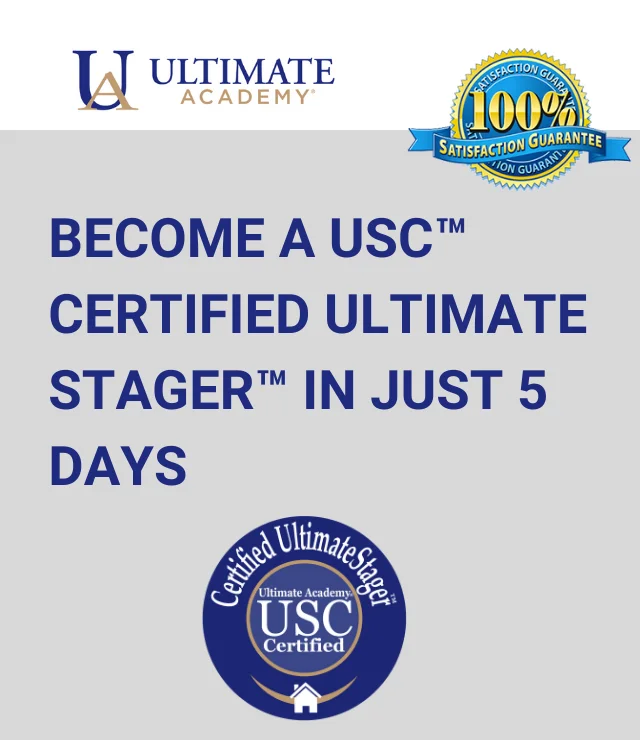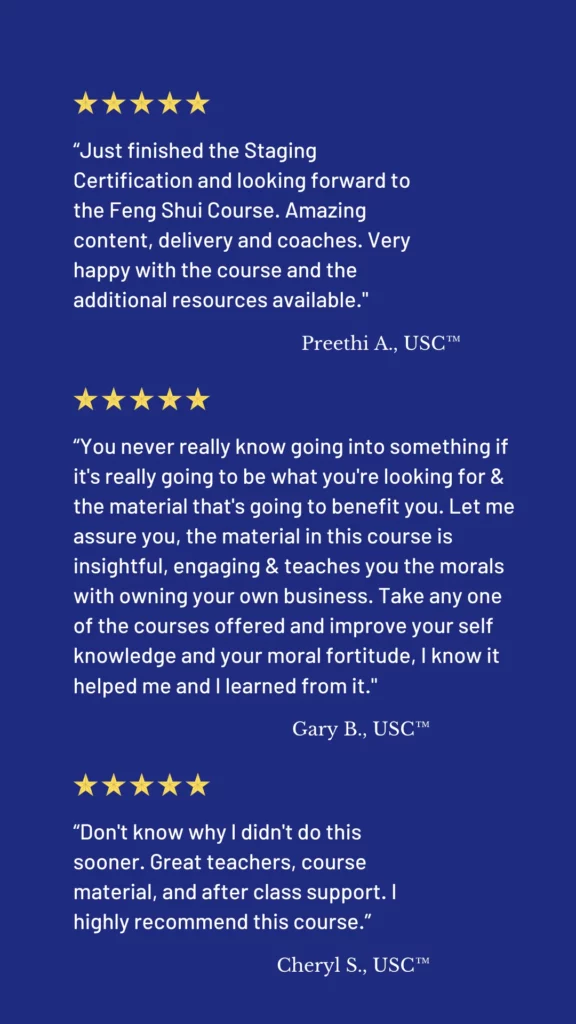How To Incorporate Virtual Staging Into A Home Staging Business
Growing up, we dreamt of flying cars, robotic pets, and advanced technologies like virtual staging. While many futuristic gadgets have become reality, our cars remain grounded, our pets breathe life, and virtual staging stands out as a powerful representation of the line between reality and the virtual realm.
Computers and cell phones have evolved drastically, offering continuous technological advances that enrich our daily lives. The internet has made the entire world just a click away. We can work, shop, chat with friends, and even consult doctors online.
Two decades ago, the term “virtual” was unheard of. Now, it signifies something “almost real.” Thus, virtual staging means home staging that appears real but isn’t.
Specifically, virtual staging involves computer-generated furniture and accessories overlaid on room photos. While the home staging exists only digitally, it prompts the question: Can home stagers successfully use this technology?

What is Virtual Staging?
Virtual staging lets stagers digitally add or remove furnishings on property photos. Like traditional staging, it helps buyers visualize a property’s potential, emphasizing its positives and downplaying negatives. With 90% of home buyers starting their search online, high-quality virtual staging offers compelling visuals that attract potential buyers.
What are the Pros?
- It’s cost-effective.
Virtual staging often requires a fraction of the budget compared to traditional staging.- Traditional staging involves the physical transport, arrangement, and sometimes rental of furniture and decor.
- In contrast, virtual staging utilizes digital tools to virtually insert furnishings into photographs. This can save homeowners and realtors significant amounts of money, especially if the property is on the market for an extended period.
- Traditional staging involves the physical transport, arrangement, and sometimes rental of furniture and decor.
- Provides a solution when traditional staging isn’t feasible.
There are situations where traditional staging may be impractical.- This could be due to a property being in a remote location, or perhaps it’s a newly built property not yet accessible. In some cases, the property may be too small for physical staging to effectively showcase its potential.
- Virtual staging comes in handy in these scenarios, allowing realtors to present the property in its best light, without the logistical challenges of physical staging.
- This could be due to a property being in a remote location, or perhaps it’s a newly built property not yet accessible. In some cases, the property may be too small for physical staging to effectively showcase its potential.
- Offers varied options from DIY to designer-assisted.
The flexibility of virtual staging tools and software caters to a broad range of users.- For those on a tight budget or with a flair for design, there are DIY tools available that allow you to stage photos of a property yourself.
- On the other hand, for those who want a professional touch, there are designer-assisted services where experts in virtual staging help create lifelike representations of a staged property.
- This range ensures that regardless of budget or skill level, there’s an option available to suit every need.
- For those on a tight budget or with a flair for design, there are DIY tools available that allow you to stage photos of a property yourself.
What are the Cons?
Misleading Enhancements:
- False Buyer Expectations: Over-emphasizing or overdoing virtual staging can paint an unrealistic picture, leading potential buyers to believe the property is different than it is. This can result in lost sales or reduced offers when the actual state of the property is revealed.
Buyer Distrust: When buyers encounter significant differences between the virtual representation and the actual home, their trust in the seller or realtor can be eroded. This skepticism can extend beyond the current transaction, potentially affecting future dealings.
Realtor’s Reputation at Stake: Making drastic virtual alterations, like changing structural features or hiding property flaws, isn’t just misleading—it can tarnish the reputation of the realtor or stager. Ethical staging is key to maintaining industry credibility.
Quality Matters:
Repelling Potential Buyers: Virtual staging that is done poorly can be a turn-off. Instead of enticing viewers, low-quality, or obviously fake enhancements can drive them away.
Realism is Key: For virtual staging to be effective, digitally added furnishings and changes should look genuine. If items appear overly digital or disproportionate, they fail to showcase the property positively.
Devaluation Risks: Staging that appears amateurish or haphazard can reduce the perceived value of a property. Potential buyers might question other aspects of the property or its maintenance based on the quality of its presentation.
Outdated Tools:
Changing Design Trends: With interior design trends evolving, using virtual staging tools with outdated furnishings can make a property seem stuck in the past.
Staying Current: If a property appears outdated, it might be overlooked by buyers seeking modern aesthetics or viewed as requiring additional investment to modernize.
Choosing Updated Tools: It’s essential for realtors and stagers to invest in tools and services that frequently refresh their offerings, ensuring properties are showcased with contemporary and appealing visuals.
When is Virtual Staging Beneficial?
Properties Under Construction: For homes that are still being built, it’s challenging to physically stage them. Virtual staging offers a glimpse into the potential finished look, helping potential buyers visualize the completed space.
Homes Undergoing Renovations: In cases where a home is under renovation, certain areas might be inaccessible or aesthetically unpleasing. Through virtual staging, these spaces can be showcased as they would appear post-renovation, giving prospects an understanding of the home’s potential.
Large Homes: For expansive properties, physically staging every room can be costly and time-consuming. Virtual staging can supplement physical staging, allowing stagers to virtually furnish certain rooms. This mixed approach offers a cost-effective way to present the home in its entirety without the full expense of traditional staging.
Demonstrating Flexibility: Virtual staging can highlight multiple potential uses for a single space. For instance, an extra room can be virtually staged as both a home office and a guest bedroom, showing versatility to potential buyers.
Value of Virtual Staging: While the tactile experience of traditional staging offers a unique “wow” factor that’s hard to replicate, virtual staging has carved its niche in the real estate market. As graduates of Ultimate Academy® are aware, the ultimate goal is to sell homes swiftly and at optimal prices. Virtual staging can aid this process, especially when traditional staging isn’t feasible or cost-effective.
Embracing the Future: The realm of home staging is evolving. While virtual staging might not be as futuristic as a flying car, it represents a significant advancement in property marketing. By incorporating this technology, home stagers can stay ahead of the curve, offering versatile solutions to a diverse clientele.















